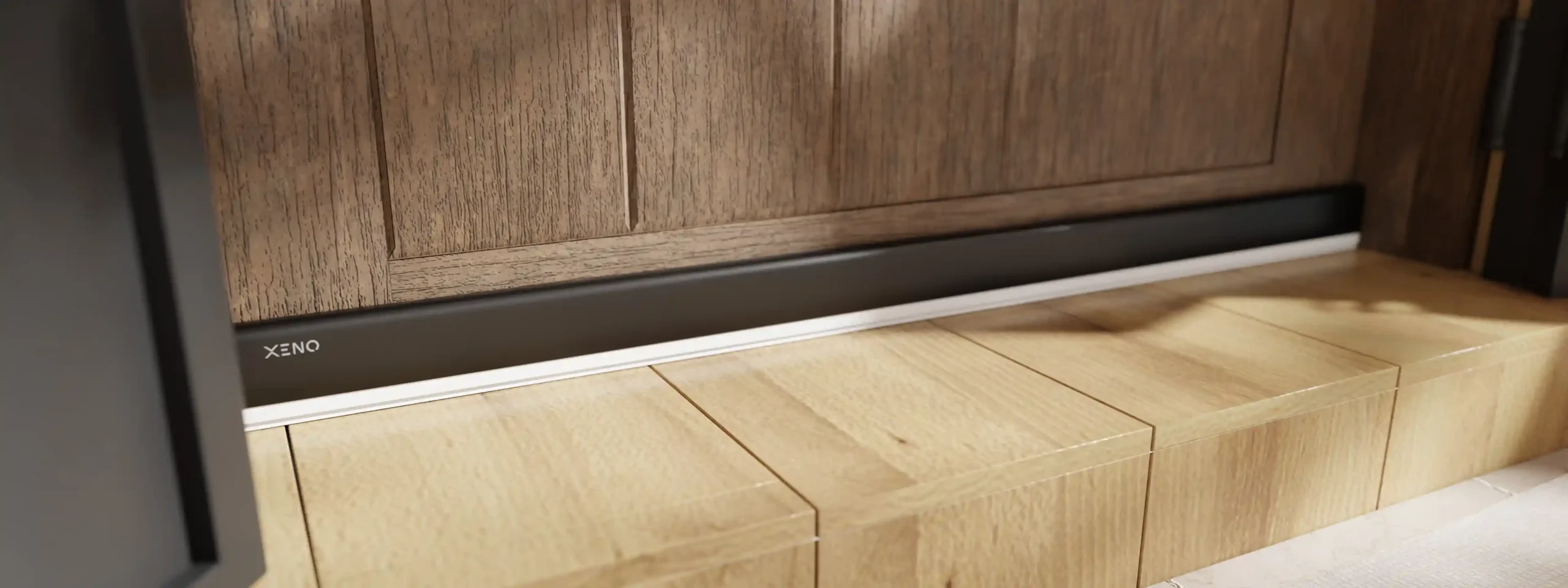
How Door Seals Can Reduce Your Electricity Bills
- By Xeno
- 0 Comments
- Posted on
In Singapore’s warm and humid climate, keeping your home cool and comfortable often means running the air conditioner for extended hours. But if you’re wondering why your electricity bill is still high despite using energy-efficient appliances, the answer could lie in something as simple as your door seals.
Door seals are not just for keeping out dust or insects—they play a key role in maintaining your home’s energy efficiency. In this article, we’ll explore how door seals help lower your electricity bills, why they matter more than you think, and what to look for when choosing the right seal for your home.
What Are Door Seals?
Door seals (also known as weather stripping or door strips) are materials fitted along the edges of your door to seal gaps and prevent unwanted airflow. They are often made from rubber, silicone, or foam, and are designed to compress when the door is closed, forming a tight seal between the door and the frame or floor.
There are different types of seals for the top, bottom, and sides of the door, each with its own function in reducing drafts and blocking external elements.
The Hidden Energy Leak in Most Homes
A typical home has many small gaps around doors and windows. These tiny openings may seem insignificant, but they can allow a surprising amount of air to escape or enter, leading to:
- Cool air from air-conditioning leaking out
- Warm, humid air from outside seeping in
- More frequent use of fans and aircon to maintain indoor comfort
This constant exchange of air forces your cooling system to work harder and run longer, leading to increased electricity consumption and higher utility bills.
How Door Seals Help You Save Energy
1. Maintain Consistent Indoor Temperature
By sealing gaps around your doors, door seals help keep cooled air inside and warm air out. This makes it easier for your aircon to maintain a consistent temperature, reducing how often it turns on and off.
2. Reduce Air Leakage
Air leakage is a major cause of energy loss. Door seals act as barriers that stop air from flowing freely in and out of your home. Less leakage means less need to crank up your cooling system.
3. Block Moisture and Humidity
Humidity in the air can make your home feel warmer than it is. Good door seals reduce the amount of humid air that enters your home, especially during the day. This reduces the strain on dehumidifiers or aircon units.
4. Prevent Heat Buildup from Gaps
In Singapore’s tropical heat, even small gaps in your doors can allow sunlight and warm air to sneak in, especially if your door faces the sun. A door seal can act as a heat buffer, keeping the temperature inside more stable.
Real Savings, Small Investment
One of the best things about door seals is how affordable they are. Compared to upgrading your aircon unit or installing double-glazed windows, door seals cost very little—but their impact can be significant.
Many households notice a reduction in their monthly utility bills after sealing their doors properly. While savings can vary depending on the size of the home and how well-sealed it is, studies suggest that sealing air leaks can reduce heating and cooling costs by up to 20%.
Additional Benefits
Besides energy savings, door seals also offer:
- Noise reduction – Block out street or corridor noise
- Pest control – Keep insects and lizards from sneaking in
- Dust control – Reduce dust build-up indoors
- Odour protection – Prevent smells from entering or escaping, especially useful in flats with close neighbors
What to Look for in a Good Door Seal
When shopping for a door seal in Singapore, consider the following:
- Material: Look for durable, flexible materials like silicone or rubber.
- Fit: Choose the right type of seal for your door—bottom seals, side seals, or full perimeter kits.
- Ease of installation: Some seals are self-adhesive, while others may need tools or professional help.
- Weather resistance: Make sure the seal can withstand Singapore’s humid conditions without cracking or peeling.


